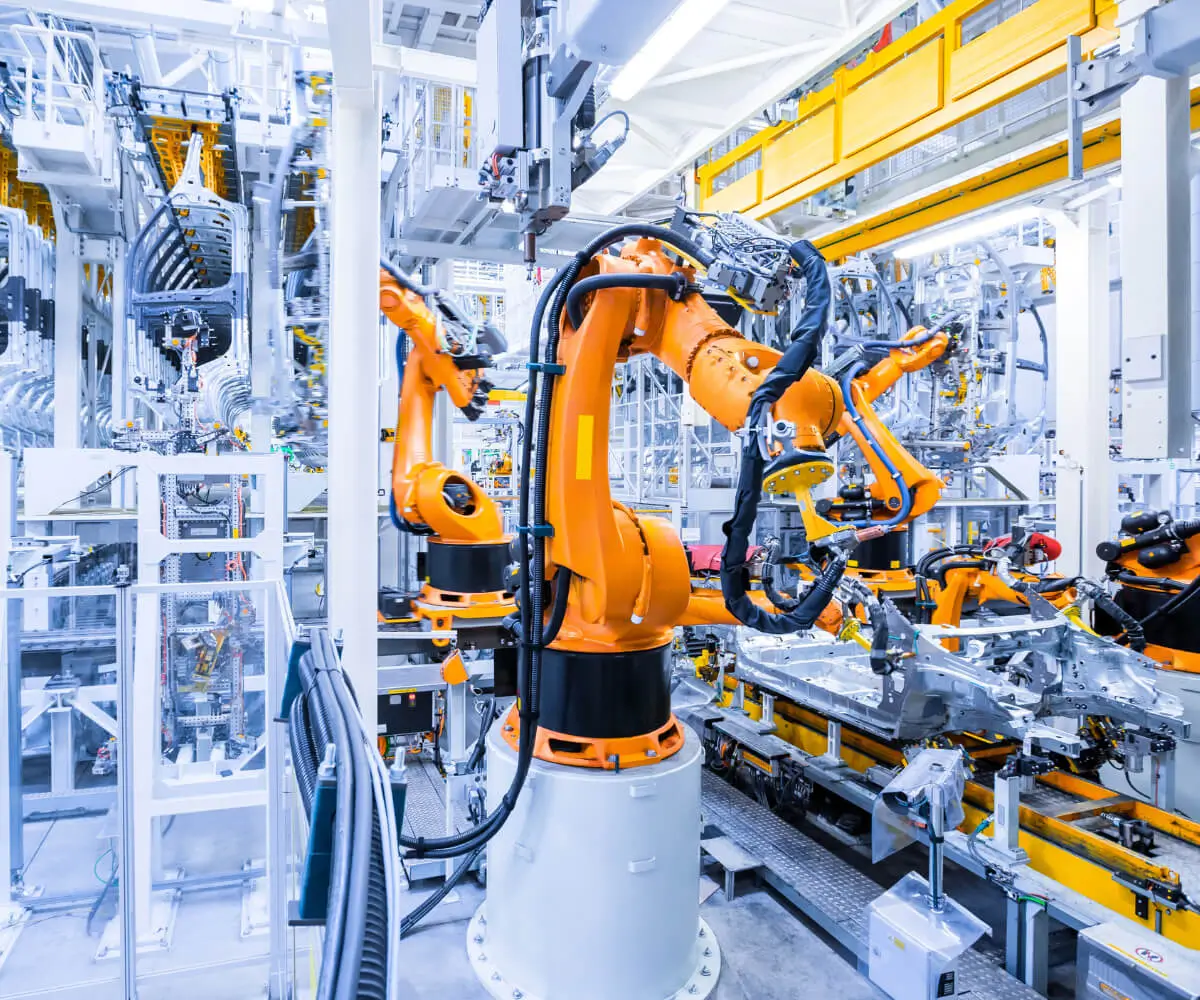Unlocking Precision and Power: A Deep Dive into Servo Drivers and Servo Motors
In the fast-paced world of industrial automation and robotics, the pursuit of accuracy, efficiency, and robustness has constantly driven technological innovation. Among the fundamental components that power this revolution are servo motors and their counterparts—the servo drivers, which together form a synergy that enables machines to perform complex, precise movements quickly and reliably. But what exactly sets these devices apart, and why are they increasingly becoming the backbone of modern manufacturing?

Understanding the Basics
To truly appreciate the significance of servo drivers and servo motors, it's helpful to start with their definitions.
A servo motor is a special type of rotary or linear actuator that allows for precise control of angular or linear position, velocity, and acceleration. Unlike traditional motors, which run at a constant speed when powered, servo motors are designed to be controlled dynamically in real time, making them ideal for applications where accuracy is critical. They are equipped with feedback mechanisms—such as encoders or resolvers—that continuously monitor the motor's position and send data back to the controller, ensuring the motor's movements are precise and responsive.
A servo driver (also called a servo amplifier or servo controller) is the electronic device that interprets control signals and manages power delivery to the servo motor. Acting as the brain of the system, the servo driver processes input commands—often in the form of pulse width modulation (PWM), analog signals, or digital data—and adjusts the power supplied to the motor accordingly. This dynamic regulation allows the servo motor to follow complex motion profiles with high accuracy.
The Marriage of Motion and Control
The combination of a servo motor and a suitable servo driver forms a closed-loop control system, which is essentially the heartbeat of precise automation. This synergy offers several cornerstones that make it invaluable across diverse industries:
Precision: The feedback loop continuously compares the actual position of the motor with the desired position, making micro-adjustments as needed. This allows for movements with accuracy down to fractions of a degree or millimeter.
Speed and Responsiveness: Servo systems can accelerate quickly or decelerate gently, thanks to their electronic control. They can start, stop, and change directions rapidly, essential in applications like robotic arms or high-speed CNC machinery.
Repeatability: When tasks need to be performed repeatedly with high consistency—think of pick-and-place robots or printing presses—servo systems provide stable, predictable performance over countless cycles.
Efficiency: Because they dynamically adjust power input based on real-time feedback, servo drivers optimize energy consumption, reducing waste and heat generation.
Deciphering the Technology
At a core level, the technology within servo systems combines advanced electronics, software algorithms, and high-precision sensors.
Feedback Devices: Encoders (optical or magnetic) or resolvers are embedded within the motor or attached externally. They provide real-time data on the rotor’s angular position, speed, and sometimes torque, forming the basis of the control loop.
Control Algorithms: Most modern servo drivers employ sophisticated control strategies such as PID (Proportional-Integral-Derivative), vector control (field-oriented control), or even adaptive algorithms that tweak parameters based on operating conditions.
Power Stage: The driver contains power transistors (like IGBTs or MOSFETs) that handle the high current and voltage needed to drive the motor efficiently, amplifying the low-voltage control signals into the necessary power.
Communication and Integration: Integration flexibility is critical. Many servo drivers support various communication protocols such as EtherCAT, CANopen, Modbus, or EtherCAT, allowing seamless integration into complex automation systems.
Types of Servo Motors and Their Uses
Different industries and applications demand different kinds of servo motors. Understanding the distinctions helps pick the right combination for specific needs.
AC Servo Motors: These are widely used, known for their durability and high accuracy. Suitable for robotics, CNC machinery, and automation lines where precise control and reliability are paramount.
Brushless DC (BLDC) Motors: A subset of AC servo motors, BLDCs feature high efficiency, long lifespan, and minimal maintenance, making them perfect for aerospace, medical devices, and high-performance robotics.
Servo Linear Motors: When linear motion is required, these motors replace rotary motors, providing direct linear movement without the need for gears or pulleys.
Applications at a Glance
The high precision, responsiveness, and adaptability of servo systems make them indispensable across many fields:
Manufacturing: CNC machines, robotic assembly, packaging equipment. Robotics: Industrial robots, drone actuators, humanoid exoskeletons. Aerospace: Flight control surfaces, satellite positioning. Medical: Surgical robots, diagnostic imaging. Automotive: Automated assembly lines, electric vehicle control systems.
Leveraging innovations in modular drive technology, Kpower integrates high-performance motors, precision reducers, and multi-protocol control systems to provide efficient and customized smart drive system solutions.




































